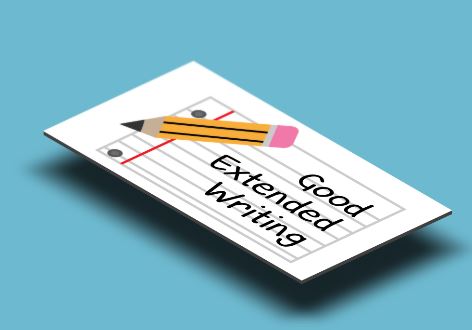It is almost impossible to keep pace with all the changes in education. Though it is equally impossible to have ignored the seismic changes to Qualifications coming our way now and next year. One area of can assure you that will be more demanding will be extended written responses. As I learnt today, we need to
- consider how we can support students to interpret long-response questions more accurately;
“I understand exactly what I’m being asked to do”.
- enable students to access higher mark boundaries through accurate interpretation of all the information given
“I know what I need to do to achieve maximum marks”.
- To consider methods for ensuring feedback is impactful and encourages further development
“I understand how to improve”.
Here are some the suggestions and reflections from this mornings CPD on Toast, our morning PD for teachers here at The Wellington Academy, shared by the session led, Verity Stamp.
- Create a student help sheet with a full-response exemplar (i.e. to model/help train students to do it for themselves).
- In English we use ‘PEEFEE’ to structure paragraphs, but would like to adapt it to include the ‘L’ for linking.
Scaffolding, it is worth noting, whether TEEPEE, SLAM, Rainbow, PEEFEE, have their advocated, though they also have their detractors. It’s the balance bike, stabilisers, free riding debate. Each approach has an impact on the outcomes of learning.
- ‘Translate’ questions in maths, breaking down the calculations.
- Include example exam instructions in the lessons on a daily basis.
- I’ll be able to think about my explanations in this way.
- To break down questions into smaller parts.
I would add the impact of teachers of actually modelling the writing process (IPEVO cameras are good for this), use marking and mark schemes to broaden the students knowledge of assessment. This is more than peer assessment. Critically review mark schemes readily available in sample assessment materials or SAMs. Use sections of Lead examiner reports and discussion topics. Lastly, two of my favourite strategies; CUSTARD and returning the answer responses, and the mark/feedback, separately. Then asking the students (typically groups of 3-6) to determine which marks/feedback goes with which answer response. Hard work to construct however an invaluable insight into the students personalities and their understanding of the assessment.
[qr_code_display]


